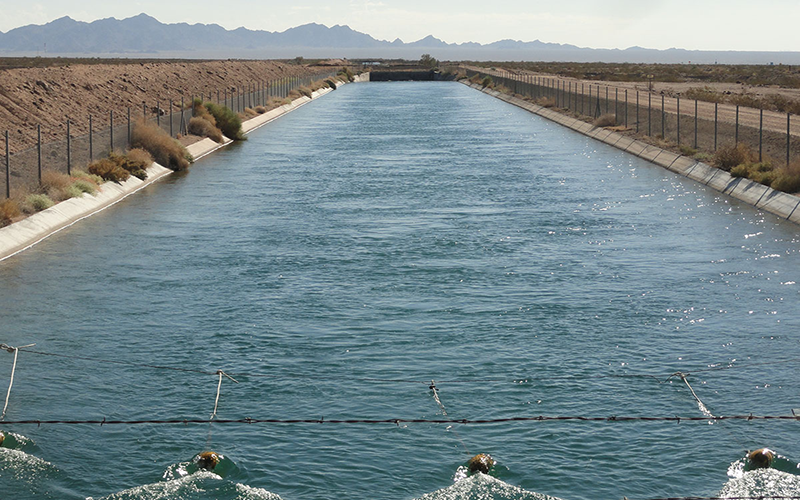

Pushed by necessity, the country’s least sustainable region evolved to master its water use. As climate heats up, other cities may adopt similar tactics.

By Rudhi Patel, J.D.
Record breaking heat is a common phenomenon in desert cities like Phoenix and Tucson. During the summer, temperatures often skyrocket to 110 degrees or more, and with climate change, the research models predict an average increase of 4 to 10 degrees in the Southwest region. A rise in temperatures coupled with population growth—Phoenix, the 5th largest city in the United States, is home to approximately 1.6 million people and while Tucson has over 535,000—calls into question the long-term sustainability of desert cities.
The factors that affect sustainability in Phoenix and Tucson are the increasing likelihood and severity of drought conditions, the concrete buildings burgeoning in an urban sprawl, and the so-called heat island effect in which urban temperatures spike higher than they do in the surrounding rural areas—think above 98 degrees at night in summer. And then there is the distinct possibility that water sources will dry up.
